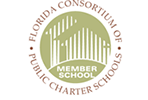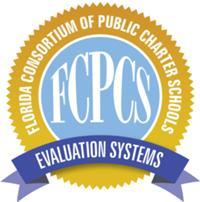Authentic learning experience takes place at our school through the use of Project-Based Learning and the integration of community resources. Many traditional schools engage students in learning experiences that are contrived to teach specific knowledge or skills. Students rarely have opportunities to ask and answer honest questions about the world around them. Their curiosity is often required to follow the same order as the Table of Contents in their math, science, and social studies textbooks. They “learn” about the world by reading a book or article, or listening to the teacher or a video.
Authentic learning is defined as “…whole-task experiences based on real-life (work) tasks that integrate skills, knowledge, attitude, and social context. Instruction is organized around the whole task, usually in an easy to difficult progression, which ‘scaffolds’ learning support from ‘lots to little’ as learners progress” (Gram Consulting, n.d.). The main authentic learning approach will be Project-Based Learning (PBL) with technology integration. Students will be actively engaged in various projects and educational pursuits, while at the same time mastering the essential knowledge and skills as outlined in the standards. Students will use community resources as their “learning labs” and/or use the results of their knowledge to effect change in their school and/or local community.
We believe strongly in the ideals of Project-Based Learning. Possibly the most extensive definition of Project Based Learning is that presented by the Buck Institute for Education, which focused on Project Based Learning for the 21st century. Project-Based Learning is defined as “a systematic teaching method that engages students in learning essential knowledge and life-enhancing skills through an extended, student-influenced inquiry process structured around complex, authentic questions and carefully designed products and tasks.” The model, borrowed from their website[1] is as follows:
- Is organized around an open-ended Driving Question or Challenge. These questions or challenges focus students’ work and deepen their learning by centering on significant issues, debates, questions, and/or problems.
- Creates a need to know essential content and skills. Typical projects (and most instruction) begin by presenting students with knowledge and concepts and then, once learned, give them the opportunity to apply them. PBL begins with the vision of an end product or presentation which requires learning specific knowledge and concepts, thus creating a context and reason to learn and understand the information and concepts.
- Requires inquiry to learn and/or create something new. Not all learning has to be based on inquiry, but some should. This inquiry should lead students to construct something new – an idea, an interpretation, or a new way of displaying what they have learned.
- Requires critical thinking, problem solving, collaboration, and various forms of communication. Students need to do much more than remember information—they need to use higher-order thinking skills. They also have to learn to work as a team and contribute to a group effort. They must listen to others and make their own ideas clear when speaking, be able to read a variety of material, write or otherwise express themselves in various modes, and make effective These skills, competencies, and habits of mind are often known as “21st Century Skills”.
- Allows some degree of student voice and choice. Students learn to work independently and take responsibility when they are asked to make choices. The opportunity to make choices, and to express their learning in their own voice, also helps to increase students’ educational engagement.
- Incorporates feedback and revision. Students use peer critique to improve their work to create higher-quality products.
- Results in a publicly presented product or performance. What you know is demonstrated by what you do, and what you do must be open to public scrutiny and critique.

 Like us on Facebook
Like us on Facebook Follow us on Twitter
Follow us on Twitter



 Site by
Site by